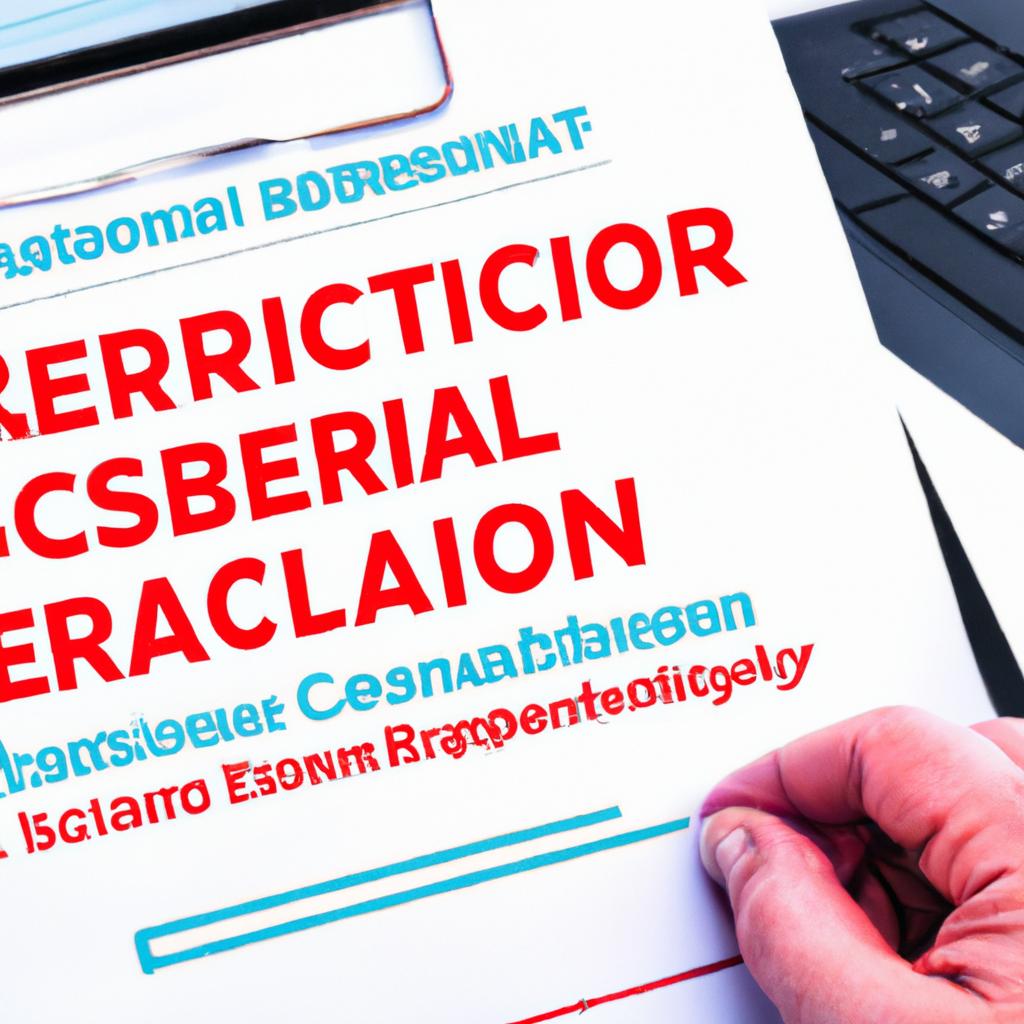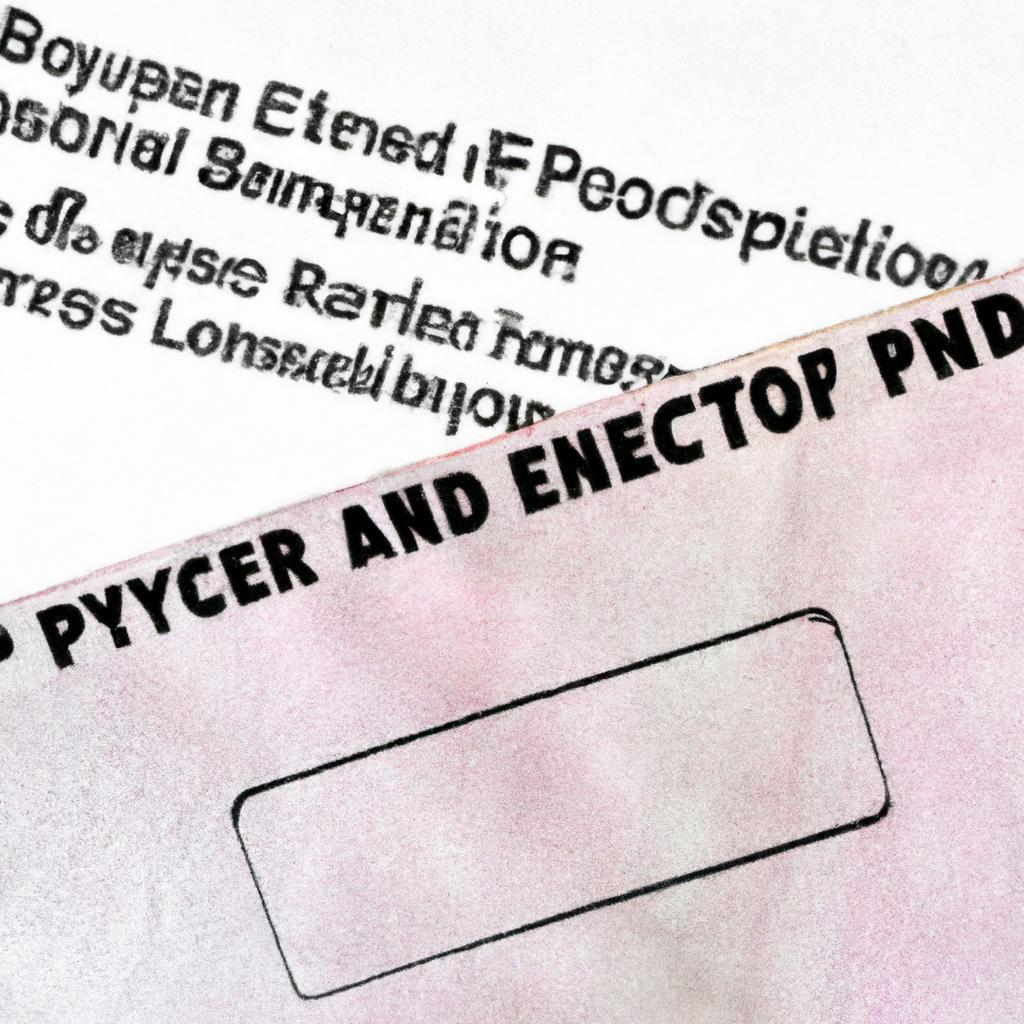In an age defined by technological advancement and digital transformation, the way we validate achievements and credentials is undergoing a significant evolution. The traditional paper certificate, once a symbol of accomplishment carefully tucked into portfolios or framed on walls, is gradually being supplanted by its electronic counterpart. As educational institutions, professional organizations, and even governments adopt this modern approach, the implications of electronic certificates warrant a closer examination. What advantages do they offer in terms of accessibility, security, and convenience? Conversely, what challenges or drawbacks may arise from their widespread use? In this article, we embark on a thoughtful exploration of the pros and cons of electronic certificates, navigating through the digital landscape to understand their impact on credentialing and acknowledgement in an increasingly online world.
Navigating the Digital Shift in Credentialing and Its Implications for Stakeholders
In today’s rapidly evolving landscape, embracing electronic certificates offers a multitude of advantages that stakeholders should consider. Organizations can benefit significantly from digitization by enhancing efficiency, allowing for instant verification and reduced processing times. Meanwhile, learners enjoy convenience, as electronic formats provide easy access and sharing capabilities across platforms. However, this shift brings its own set of challenges. Concerns about security and data integrity can arise, necessitating robust systems to safeguard sensitive information. Furthermore, the digital divide may exacerbate issues of accessibility, especially for individuals less familiar with technology. A careful balance must be struck to ensure that stakeholders can navigate this transformation effectively, capitalizing on its benefits while addressing potential pitfalls.
| Pros | Cons |
|---|---|
| Efficiency – Quick issuance and verification | Security Risks - Potential for data breaches |
| Accessibility - Easily shareable across platforms | Digital Divide – Not everyone has equal access |
| Cost Savings – Reduced printing and storage costs | Trust Issues – Skepticism regarding authenticity |

Assessing the Advantages and Drawbacks of Electronic Certificates in Today’s Landscape
In a world increasingly driven by technology, electronic certificates present both opportunities and challenges. They offer significant **advantages**, such as:
- Convenience: Accessible from anywhere, facilitating quick sharing and verification.
- Cost-Effectiveness: Reduced printing and mailing expenses, particularly for organizations.
- Environmentally Friendly: Minimizes paper usage, aligning with sustainability goals.
However, there are also notable **drawbacks** to consider:
- Security Risks: Potential vulnerabilities to hacking or unauthorized access.
- Digital Divide: Inequities for individuals without reliable internet access or digital literacy.
- Acceptance Issues: Some institutions or industries may still prioritize traditional paper certificates.
By weighing these benefits and challenges, stakeholders can make informed decisions about integrating electronic certificates into their practices.
Future Outlook
As we navigate the ever-evolving landscape of technology, the debate over the merits of electronic certificates remains a significant topic of discussion. On one hand, they offer unparalleled convenience and accessibility, streamlining processes in a world that increasingly demands efficiency. On the other, concerns about security, authenticity, and the potential loss of tangible representations linger in the minds of many.
Ultimately, the shift from paper to electronic certificates is not merely a technological upgrade; it’s a reflection of our changing values and priorities. As we consider the potential benefits and drawbacks, it’s essential to strike a balance that honors both innovation and tradition. Whether you embrace the digital age or prefer the familiarity of paper, the journey toward a solution that meets the needs of all stakeholders is just beginning.
the question remains: how can we harness the advantages of both formats while mitigating the challenges they present? As our world continues to digitize, the answers lie not in choosing one over the other, but rather in finding a harmonious coexistence that respects the past while bravely stepping into the future.


